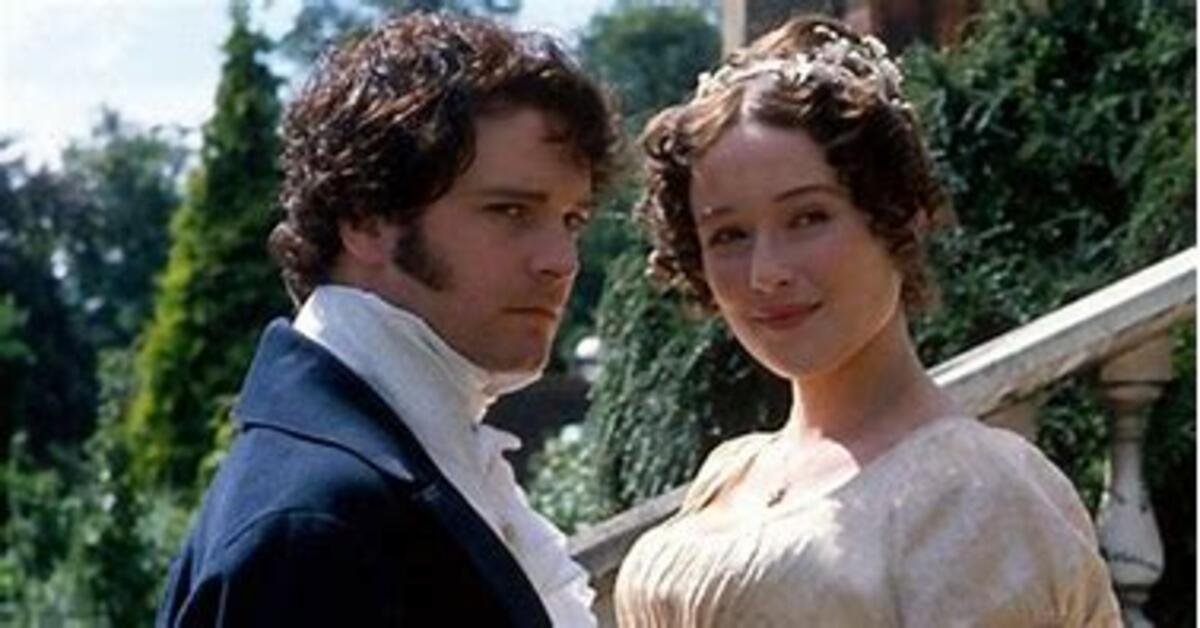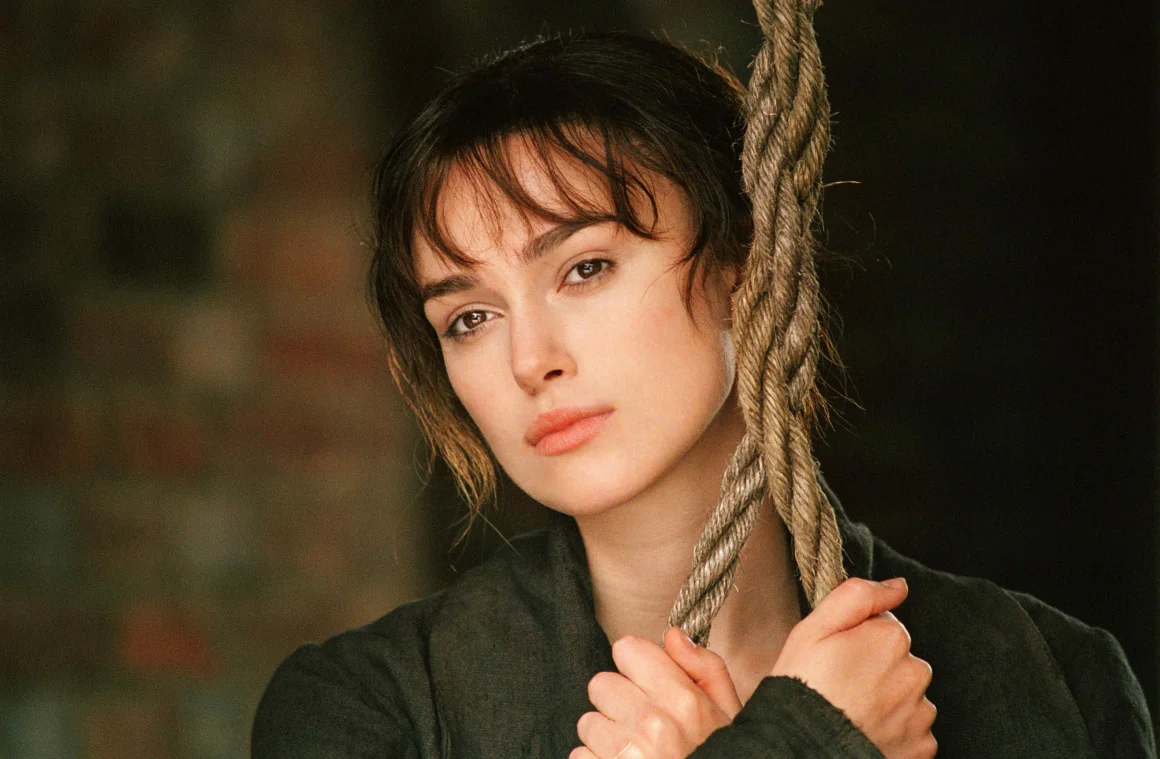This week, the blockbuster movie Pride & Prejudice (initially released in 2005), which has enamored the viewers for nearly two decades, is back in theatres to celebrate its 20th anniversary.
Let’s revisit why Joe Wright’s Pride & Prejudice movie, based on Jane Austen’s timeless classic, continues to bewitch people, body and soul.
Even if you haven’t watched the movie yet, you must have seen the most iconic clip of the first proposal. When Mr. Darcy, plummeted by the rain, confesses his love for Elizabeth Bennet saying: “I love you, most ardently.”
However, despite the heartfelt confession of Mr. Darcy, Elizabeth (Keira Knightley) rejects him, making them both part ways.

Those familiar with the movie and the novel know that the first proposal scene was filmed in a different setting than Jane Austen’s novel.
In the book, the scene occurs indoors, devoid of any downpours or rolling hills in the background.
In the novel, the proposal came as a total shock to Elizabeth, but in the movie, there are some hints which indicate the real feelings of Elizabeth such as hand flexes and held breath.
Indeed, there are some scenes where Joe Wright took some liberties, one of the many reasons the movie continues to capture the hearts of millions even today.
While there are several adaptations of Pride & Prejudice, Joe Wright’s film is considered the second faithful and probably the most popular version.
Until the premiere of Joe Wright’s Pride & Prejudice in 2005, the five hours long 1995 BBC miniseries Pride and Prejudice was considered the most authentic adaptation of the book, starring Colin Firth as Mr. Darcy.

Fans of Jane Austen’s classic work embraced this version as it strictly followed the novel.
On the other hand, the liberties Wright took with his adaptation of the novel became one of the main factors that make this movie unique and popular among the viewers.
In the original novel published in 1813, Mr. Darcy’s character is cold and grumpy. His feelings for Elizabeth are largely hidden sometimes from the readers as well due to his persona; which was why the first proposal was not only a surprise for Elizabeth but for readers as well.
However, Macfadyen’s Darcy, although aloof, appeared more brooding, tortured and misunderstood. The viewers could visibly see the effect that Elizabeth’s presence had on Mr. Darcy.
Take the famous hand flex scene, for instance, when Mr. Darcy helped Elizabeth into her carriage, but then he swiftly turned around and walked away.
As Elizabeth stared at his back in bewilderment, he flexed his hand muscles as though visibly shaken by the physical contact.

Joe Wright gives us the visual insights in the mind of not only Mr. Darcy but also other characters, which even Jane Austen hasn’t, making the film more popular than any of the other adaptations.
Similarly, in the scene where Elizabeth announces her rejection of Collin’s proposal, the camera lens focuses on the wistful expression of her sister Mary, as if she is saying, I would say yes if he asked me to marry him.
These small visual details have brought all characters to life, making the 2005 version distinct from others.
Keira Knightly’s lively and intelligent performance as Elizabeth Bennet, and Matthew Macfadyen’s brooding yet intense presentation as Mr. Darcy brought new life to Jane Austen’s beloved characters, making the movie memorable and a timeless masterpiece for generations to come.
Javaria Khalid is a writer and researcher, who specializes in Pakistan's Foreign Policy Analysis, transatlantic geopolitics, and Pakistan’s relations with the European countries and the EU. She can be reached at javariakhalid011@outlook.com




